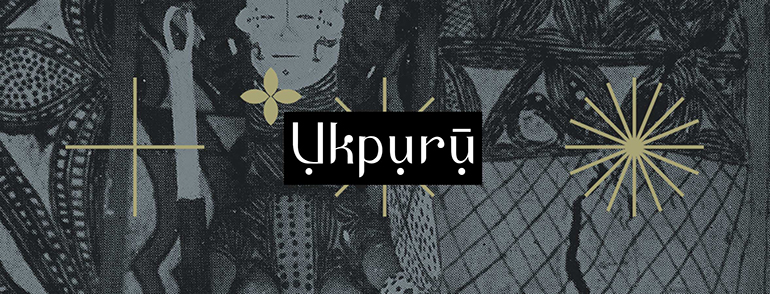[Ichi] scarification is not a tribal mark, but a sign of status, rank, or nobility. It was taboo for persons thus marked to perform any menial task, such as to carry a load on the head; their persons were privileged and sacrosanct and they were never molested. It was also customary for the local native police, if sent to apprehend such a person, never to handcuff him.
In [ichi] scarification no attempt is made to raise keloid scars. The patient is placed supine on the ground and then, with a sharp-pointed, leaf-blade knife, strips of skin are gouged out, leaving long, raw furrows to heal. The operation is a severe test of courage and endurance and may take as long as an hour and a half to complete; it is sometimes followed by grave sepsis involving loss of sight and even of life. The victim, whether adult or child, must not wince or whimper or utter a sound.
Location: Nri, Alaigbo | Date: 1951 | Credit: M. D. W. Jeffreys

